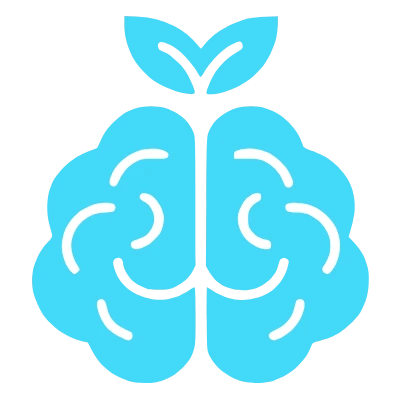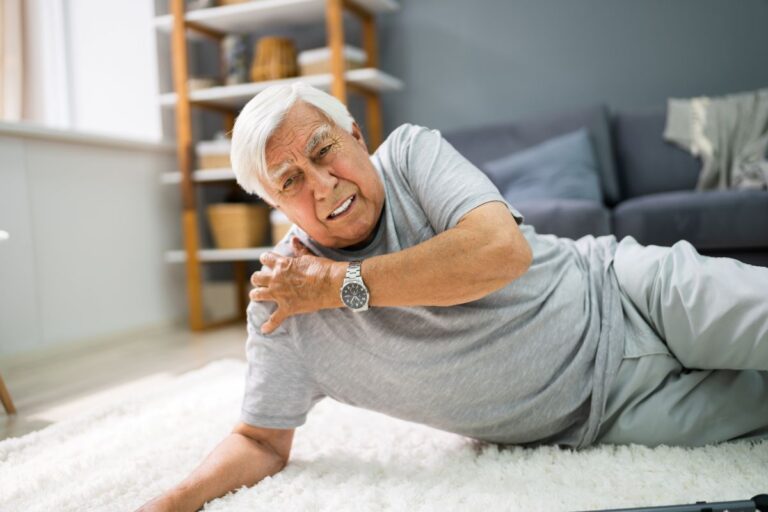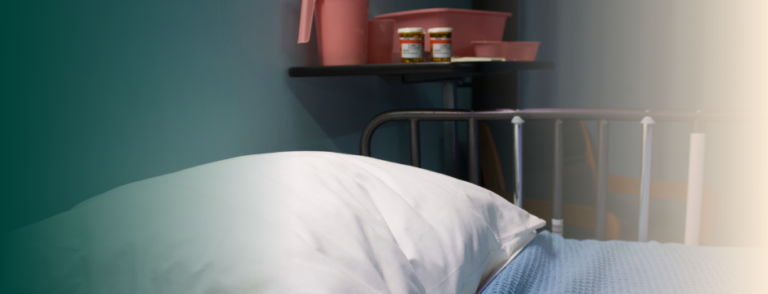What does home maintenance consist of in home care?
Household tasks are part of the instrumental activities of daily living (IADL). When older people or people dependent on NAMI cannot carry them out, it is an indication that people, either due to their pathologies or the aging process itself, are increasingly more dependent. Consequently, they need help to ensure hygiene, comfort and quality of life in their homes.
Talking about tasks within the home means taking these points into account:
- Home cleaning.
- Cleaning products.
- Washing, reviewing and ironing clothes.
- Elimination and recycling of waste.
Given that household chores may seem simple, due to their self-taught practice and also because this skill is conceived as something inherent to people. It is important to know certain techniques to do them safely. Many accidents that occur in homes could be avoided by keeping them in mind.
Kitchen cleaning adapted to the elderly or dependent person
Its cleanliness is very important since it is where food and edibles is prepared, and it is the place in the house where more bacteria and germs can accumulate.
Cleaning the kitchen, countertop, utensils and floor must be daily.
To keep the kitchen in optimal condition:
- Sweep and mop the floor frequently, this will also prevent the appearance of insects: ants, cockroaches, etc.
- Keep objects placed in their place (Reduces accidents).
- Keep countertops clean. food is prepared on them. You must avoid toxic products that may come into contact with them.
- Washing ducks, cutlery, glasses, pans, etc. after being used. You should start washing from the cleanest object until ending with the dirtiest. Pay special attention to the pans, use soft scouring pads to avoid damaging the non-stick coating.
- Clean the kitchen stoves so that they burn properly. For the ceramic hob, use the scraper and the products recommended by the manufacturers.
- Keep the interior of the cabinets clean to prevent the proliferation of insects.
- Place kitchen utensils in a functional way. Those that are most used in accessible places. Do not place large ones in high areas, to avoid overloading the furniture and avoiding accidents when picking them up.
Bathroom cleaning adapted to home care service
Its cleanliness is very important since it can accumulate more bacteria and germs.
To keep the bathroom in optimal condition:
- Remove any objects that may be found inside the bathtub or shower tray, also empty the trash cans.
- Clean and disinfect all toilets, for example, with bleach. Rinse the bathtub or shower tray with plenty of water to remove any soap residue and avoid slipping on them.
- In the case of the WC. The disinfectant will be allowed to act for a moment before cleaning it. The brush will be cleaned after use and left in its container with a little bleach, if it is soapy better.
- Clean mirrors, taps and shelves, make sure the products do not come into contact with toothbrushes or dentures.
- The floor is the last thing to be cleaned, it should be done with disinfectant products. It is advisable to wring the mop well, so that it does not take so long to dry. Since it is an area of frequent use, there is a danger of slipping if it is not completely dry, it is important to avoid falls.
Cleanliness of the room and living room adapted to the elderly or dependent person
Its cleanliness is very important since it can accumulate more bacteria and germs.
Ventilation of the home must be carried out every day, no matter the season.
To keep the dependent person’s room in optimal conditions:
- Before starting the cleaning, we must have all the materials we are going to use on hand.
- The room is ventilated. Ventilation of the entire home is essential, since microorganisms and particles that come from the body itself accumulate in the air; This is worse if there are pets or smokers. In addition, food, heating, plumbing, etc. They burden the environment too much.
- Remove any waste that may be in the room: diapers, glasses, ashtrays, etc.
- The bed must be ventilated. The sheets should be changed at least once a week.
- If the elderly person is bedridden, the sheets should be changed with him in bed, protecting him from getting cold. The sheets should be well stretched without folds, to prevent the elderly person from developing pressure ulcers.
- If the dependent person has infections, it is necessary to separate the bedding from the rest of the dirty clothes and wash them separately.
- If the elderly person is bedridden, the sheets should be changed with the patient in bed.
- The dust is cleaned from the furniture in the room, the vacuum cleaner is vacuumed and the floor is mopped.
- The window is closed, and if it is winter it is ensured that the room is well acclimatized before being occupied by the elderly man or woman. If you are bedridden, we will ensure that the temperature is ideal to provide the person’s comfort.
For people who suffer from Alzheimer’s it is very important to enhance reminiscence.
Cleaning ornaments with them is beneficial.
Caring for plants and pets also helps caregivers develop psychosocial function with older adults.
Cleaning of the room adapted to the elderly or dependent person
- The living room, like the rest of the house, requires certain care, such as: sweeping, vacuuming or mopping, scrubbing and cleaning dust from the furniture and its objects. It is important to respect and keep the decorations in their same place. Older people have a special affection, many of them enhance their reminiscence, loaded with memories of times lived.
- If you work with immunosuppressed people, you should not use dusters and brooms. A damp cloth or vacuum cleaner must be used.
Suggestions when choosing cleaning products
Read the labeling as it informs us:
- Utility.
- Composition.
- Dosage.
- How to use.
Important:
- We should never change them from the original packaging. It gives us information on how to act in the event of poisoning.
- They cannot be mixed, it may cause toxic or flammable chemical reactions.
- Avoid sources of heat, they may be flammable.
- Keep them out of the reach of children and people with mental disorders.
Washing, reviewing and ironing the clothes of the home help service
Washing clothes
Cleaning and caring for clothing is part of home care work and is related to the hygiene of the elderly person and therefore their health.
Before starting to wash the clothes we must keep the following in mind:
- Clothing classification: separate delicate garments from those that may fade.
- Separate clothing by color, composition and degree of dirt. White or light-colored clothing should be washed separately from dark-colored clothing. We will also have to distinguish between those that are dirty or very dirty.
- Before washing you should check if there are objects in the pockets, so as not to damage the clothes or the washing machine.
- Do not overload the washing machine so that the wash is optimal.
- Read the labels on the clothing items. They give us very relevant information so as not to spoil it.
Drying and ironing of clothes of the person to be cared for
A well-dressed, clean and groomed person generates a pleasant image, promotes social relationships and increases self-esteem.
On the contrary, a disheveled person causes rejection, does not favor social relationships and influences a negative self-image.
Once the clothes have been washed, they must be hung up as soon as possible, to avoid odors and the clothes from getting too wrinkled.
To do this we must keep the following in mind:
- Shake it and spread it out, this will help prevent it from being too wrinkled and makes ironing easier.
- Place the clothespins in the seam area so that there are no marks left.
- Lay in airy areas with little sun. The intense sun discolors intense colors
- Ironing is the next step once the garment has dried.
- You must iron at the appropriate temperature depending on the type of fabric, read labels
- It is advisable to use a damp cloth or dampen the garment for certain wrinkles. Also to avoid burning the garment or causing shine to appear on it.
Clothing review
With use, the garments deteriorate, so it is necessary to check for small defects.
Once the clothes have been ironed and repaired, they should be hung or folded as soon as possible and stored in the closet so that they maintain their correct shape.
To sew we need at least: needles, needle threader (Optional if our vision is not good), thread, scissors, thimble, buttons, tape measure and pins. We must have a sewing box or a box that does its job.
More basic repairs:
- Rework and sew buttons: you must choose the most appropriate needle depending on the thickness of the garment and the button holes. We will pay attention to the size of the buttonhole and make sure that all the buttons are the same.
- Sew hooks: they consist of two pieces, one in the shape of a hook and the other in the shape of a ring. They have to be placed so that they cannot be seen, that is, on the wrong side of the garment.
- Sew hems. It is advisable to baste it and then sew with short stitches, trying not to make them visible on the right side of the garment.
Waste disposal
It is advisable that when we go shopping we take the shopping cart or bags that we can reuse.
You should also try to choose products with less packaging.
When we buy we must reflect on the following:
- It is necessary
- It is disposable
- It can be reused
It is necessary that within the home we separate the waste and then deposit it in the containers that the municipalities place on the street for this purpose. There is a container for each type of waste.
Within the home we can also reuse certain objects in order to reduce waste and give them a second use, for example, glass jars to store and preserve food.






